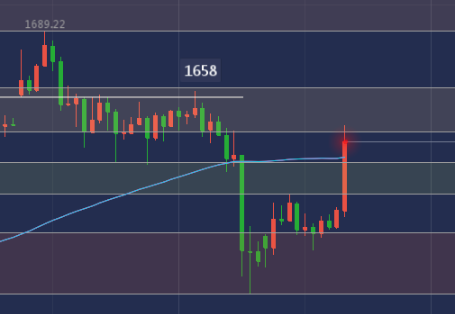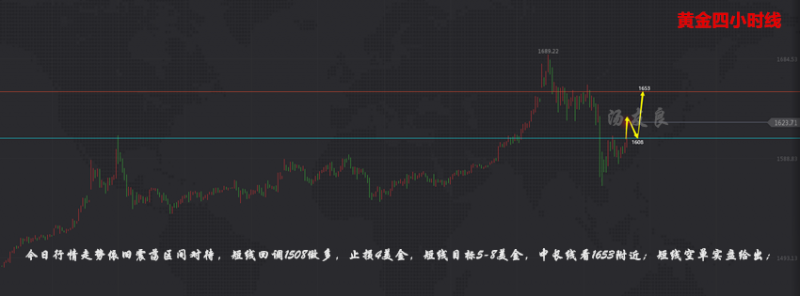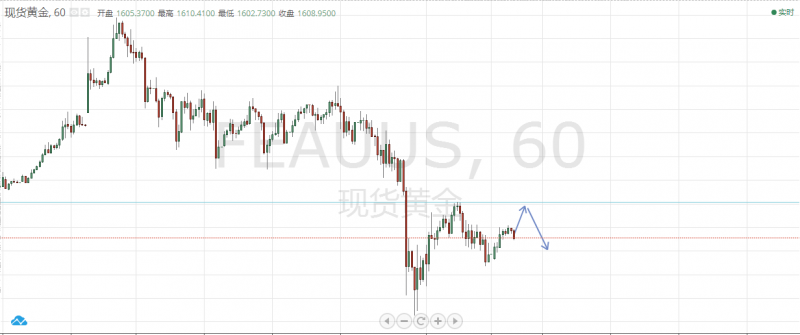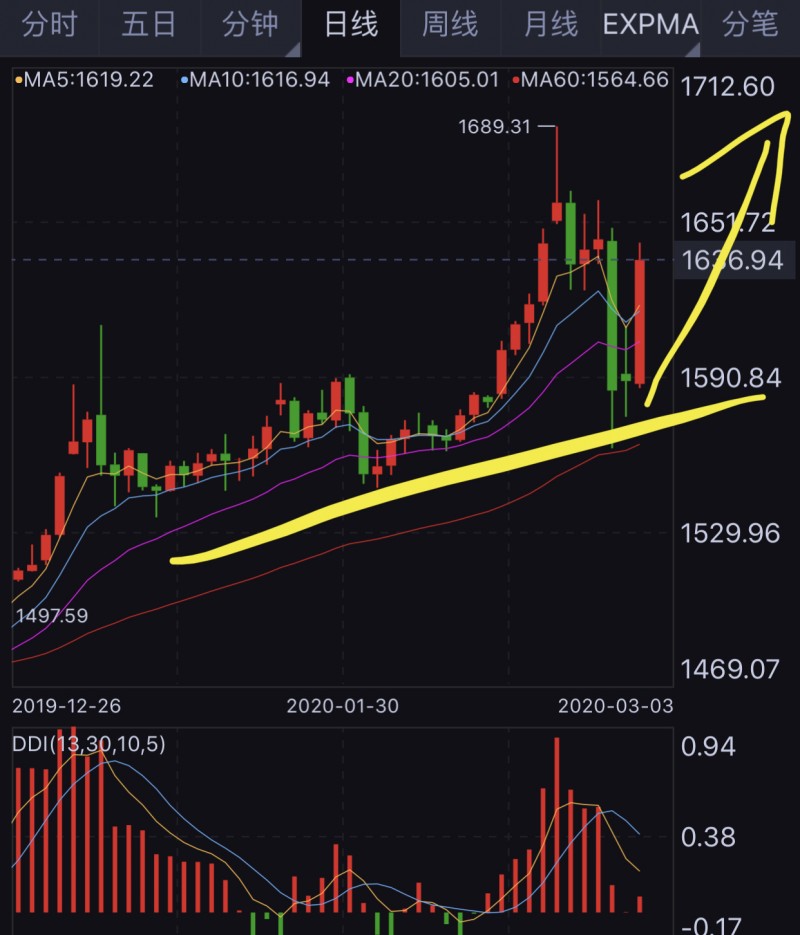原标题:EIA:到2050年全球能源消费将增长近50% 来源:中国石化报
中国石化新闻网讯 据油气新闻1月4日消息称,美国能源情报署(EIA)在其最新发布的《2019年国际能源展望参考案例》中预测,2018年至2050年间,全球能源消费将增长近50%。这种增长大部分来自非经济合作与发展组织(经合发组织)的国家,这种增长集中在强劲的经济增长推动需求的区域,特别是在亚洲。
包括炼油、采矿、制造业、农业和建筑业在内的工业部门在所有最终用途部门的能源消耗中占最大份额,在整个预测期间占最终用途能源消耗的一半以上。从2018年到2050年,随着商品消费的增加,世界工业部门的能源使用增加了30%以上。到2050年,全球工业能源消耗达到约315 quadrillion英热单位(Btu)。
从2018年到2050年,交通能源消耗增加了近40%。这一增长主要是由非经合组织国家推动的,在2018年至2050年期间,这些国家的交通能源消耗增加了近80%。个人旅行和货运的能源消耗在这些国家的增长速度远远快于许多经合发组织国家。
从2018年到2050年,包括住宅和商业建筑在内的建筑行业的能耗增加了65%,从91quadrillion英热单位增加到139quadrillion英热单位。收入的增加、城市化和电力的增加导致了能源需求的增加。
最终用途消费的增长导致2018年至2050年期间发电量增长79%。随着非经合组织国家人口和生活水平的提高,对家用电器和个人设备的需求增加,住宅部门的用电量也在增加。随着插电式电动汽车的加入和铁路用电的扩大,交通部门的用电量也在增加。
随着发电的快速增长,可再生能源——包括太阳能、风能和水力发电——在2018年到2050年间是增长最快的能源,超过石油和其他液体成为参考案例中使用最多的能源。从2018年到2050年,全球可再生能源消费每年增长3.1%,相比之下,石油和其他液体燃料消费每年增长0.6%,煤炭消费增长0.4%,天然气消费每年增长1.1%。
从2018年到2050年,全球天然气消费量增长了40%以上,到2050年,全球天然气总消费量将达到近200 quadrillion英热单位。除了用于发电的天然气,工业部门的天然气消耗也在增加。化工和初级金属制造业,以及石油和天然气开采,占了不断增长的工业需求的大部分。
从2018年到2050年,全球液体燃料的消耗量增加了20%以上,到2050年,总消耗量将达到240 quadrillion英热单位。在预测期间,经合组织国家的需求保持相对稳定,但非经合组织国家的需求增长约45%。
曹海斌 摘译自 油气新闻
原文如下:
EIA projects nearly 50% increase in world energy usage by 2050
In its newly released International Energy Outlook 2019 (IEO2019) Reference case, the U.S. Energy Information Administration (EIA) projects that world energy consumption will grow by nearly 50% between 2018 and 2050. Most of this growth comes from countries that are not in the Organization for Economic Cooperation and Development (OECD), and this growth is focused in regions where strong economic growth is driving demand, particularly in Asia.
The industrial sector, which includes refining, mining, manufacturing, agriculture, and construction, accounts for the largest share of energy consumption of any end-use sector—more than half of end-use energy consumption throughout the projection period. World industrial sector energy use increases by more than 30% between 2018 and 2050 as consumption of goods increases. By 2050, global industrial energy consumption reaches about 315 quadrillion British thermal units (Btu).
Transportation energy consumption increases by nearly 40% between 2018 and 2050. This increase is largely driven by non-OECD countries, where transportation energy consumption increases nearly 80% between 2018 and 2050. Energy consumption for both personal travel and freight movement grows in these countries much more rapidly than in many OECD countries.
Energy consumed in the buildings sector, which includes residential and commercial structures, increases by 65% between 2018 and 2050, from 91 quadrillion to 139 quadrillion Btu. Rising income, urbanization, and increased access to electricity lead to rising demand for energy.
The growth in end-use consumption results in electricity generation increasing 79% between 2018 and 2050. Electricity use grows in the residential sector as rising population and standards of living in non-OECD countries increase the demand for appliances and personal equipment. Electricity use also increases in the transportation sector as plug-in electric vehicles enter the fleet and electricity use for rail expands.
With the rapid growth of electricity generation, renewables—including solar, wind, and hydroelectric power—are the fastest-growing energy source between 2018 and 2050, surpassing petroleum and other liquids to become the most used energy source in the Reference case. Worldwide renewable energy consumption increases by 3.1% per year between 2018 and 2050, compared with 0.6% annual growth in petroleum and other liquids, 0.4% growth in coal, and 1.1% annual growth in natural gas consumption.
Global natural gas consumption increases more than 40% between 2018 and 2050, and total consumption reaches nearly 200 quadrillion Btu by 2050. In addition to the natural gas used in electricity generation, natural gas consumption increases in the industrial sector. Chemical and primary metals manufacturing, as well as oil and natural gas extraction, account for most of the growing industrial demand.
Global liquid fuels consumption increases more than 20% between 2018 and 2050, and total consumption reaches more than 240 quadrillion Btu in 2050. Demand in OECD countries remains relatively stable during the projection period, but non-OECD demand increases by about 45%.
新浪财经公众号
24小时滚动播报最新的财经资讯和视频,更多粉丝福利扫描二维码关注(sinafinance)
 客服热线:
客服热线:














